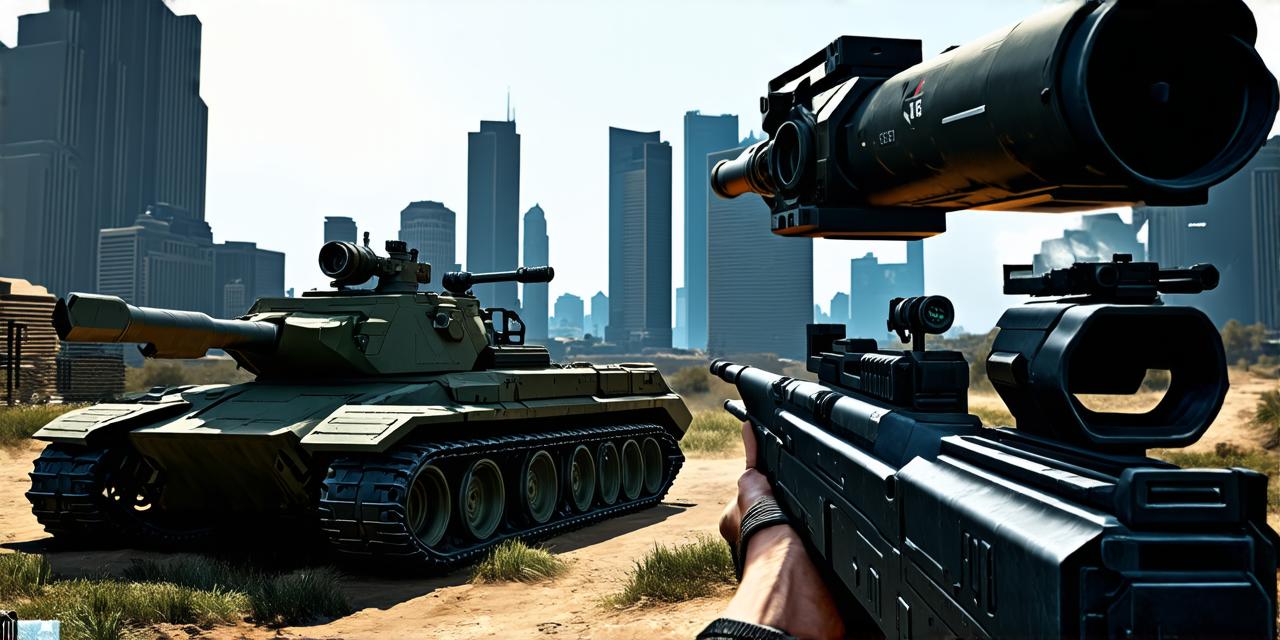Introduction
Siege video games are a unique genre of interactive entertainment that combines elements of strategy, simulation, and role-playing. In these games, players take on the role of leaders in charge of defending a fortified city or town against an invading force.
This article will explore what makes siege video games unique and how they differ from other genres. We will also discuss the key elements of a successful siege game and provide real-world examples to illustrate these concepts. By the end, developers should have a better understanding of this fascinating genre and be equipped with the tools to create their own engaging and immersive siege games.
Key Elements of Siege Games
Realistic Setting
One of the defining characteristics of siege games is their realistic setting. Players are transported into a virtual world where they must contend with the challenges of defending a fortified city or town under attack. These environments are designed to be as accurate and believable as possible, with players able to explore every nook and cranny of the city, interact with NPCs, and engage in a wide range of activities outside of combat.
Complex Strategy
Siege games require players to think strategically about how to defend their city or town against attackers. They must consider factors such as resource management, fortification placement, troop deployment, and intelligence gathering. Players must also anticipate the tactics that enemy leaders may employ and adjust their strategies accordingly.
Role-Playing Elements
In addition to strategy, siege games often incorporate role-playing elements into the gameplay experience. Players may choose to specialize in different roles within their city or town, such as a blacksmith or merchant, and must manage resources accordingly. They may also interact with NPCs who can provide valuable information, goods, or services that can help them defend against the enemy.
Dynamic Weather and Day/Night Cycle
Another key element of siege games is the dynamic weather and day/night cycle. These factors can have a significant impact on gameplay, affecting everything from movement speed to combat effectiveness. In some games, players must also contend with weather-related hazards such as storms or flooding that can damage their fortifications or disrupt supply lines.

Cooperative Multiplayer
Many siege games feature cooperative multiplayer, allowing players to work together in defense of their city or town against a common enemy. This adds an additional layer of complexity and strategy, as players must communicate effectively and coordinate their efforts to defend against attacks.
Real-World Examples of Siege Games
The Battle of Saratoga (1777)
The Battle of Saratoga was a pivotal moment in the American Revolutionary War, where British forces were defeated by American rebels at the city of Saratoga, New York. This battle is often cited as a turning point in the war, and many historians believe it was the decisive factor that led to the eventual victory of the American forces.
The Siege of Jadalabad (1839)
The Siege of Jadalabad was a brutal conflict between British and Afghan forces during the First Anglo-Afghan War in 1839. The city of Jadalabad was surrounded by the British, who attempted to take it using artillery fire and siege engines. However, the Afghan defenders were able to hold off the attack for several months, eventually surrendering when the British ran out of supplies and ammunition.



